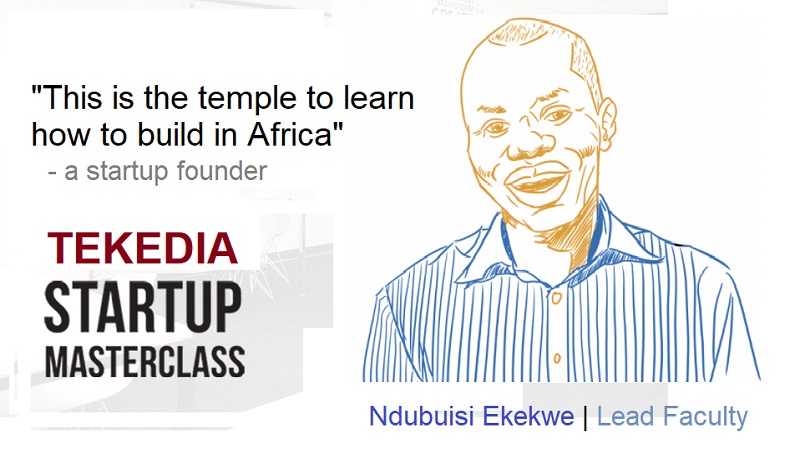
Elon Musk has indeed expressed support for the idea of putting U.S. Treasury transactions on a blockchain. Blockchain technology, while revolutionary for its potential to offer decentralized, transparent, and secure transactions, does come with its set of security risks. This stance aligns with his broader interest in blockchain technology and its potential applications for enhancing transparency, efficiency, and reducing fraud in government operations.
Musk has publicly supported the concept, notably in response to questions on X where he affirmed the idea with a “Yes!” when asked if the Treasury should be on blockchain to prevent fraudulent payments. This was in the context of claims about inefficiencies and potential fraud in the U.S. Treasury’s payment systems.
Musk leads the Department of Government Efficiency, or DOGE, which has been given access to the U.S. Treasury Department’s payment systems. This move was part of an initiative to scrutinize and possibly streamline government spending, with blockchain technology being one of the discussed solutions for tracking and transparency.
Register for Tekedia Mini-MBA edition 19 (Feb 9 – May 2, 2026): big discounts for early bird.
Tekedia AI in Business Masterclass opens registrations.
Join Tekedia Capital Syndicate and co-invest in great global startups.
Register for Tekedia AI Lab: From Technical Design to Deployment (next edition begins Jan 24 2026).
Despite Musk’s support, there are significant concerns and criticisms regarding the practical implementation of blockchain for government transactions. Critics argue that moving the Treasury’s operations to blockchain could face numerous challenges, including regulatory compliance, security risks, and the complexity of integrating such a system with existing financial infrastructures. There are also worries about the potential for political manipulation of payment systems.
As of now, there’s no official confirmation or plans from the U.S. government to implement blockchain technology for Treasury transactions at a large scale. The discussions and Musk’s comment reflect more of an exploratory or speculative interest rather than confirmed policy.
Here’s an overview of some of the primary security concerns associated with blockchain:
If a single entity or group controls more than 50% of the network’s mining hashrate or stake in proof-of-stake systems, they can theoretically control the network, allowing them to double-spend coins, prevent transactions from being confirmed, or reverse transactions.
Mitigation: Increasing the distribution of mining power, implementing systems like proof-of-stake which are less susceptible to this issue, and using consensus mechanisms that require more than 51% control to alter the blockchain.
Smart Contract Vulnerabilities: Smart contracts, especially on platforms like Ethereum, can contain bugs or logic errors that can be exploited. These vulnerabilities can lead to loss of funds or unauthorized access to sensitive information. Rigorous testing, formal verification of smart contracts, and the use of established frameworks or libraries that have been security audited. Also, there’s a growing practice of offering bug bounties to incentivize finding and reporting vulnerabilities.
The security of a blockchain wallet largely depends on the secrecy of the private key. If the private key is compromised, an attacker can access and transfer all funds associated with that key.
Mitigation: Use of hardware wallets for cold storage, multi-signature wallets requiring multiple keys for transactions, and educating users on the importance of key management.
Sybil Attacks: In this type of attack, one entity controls numerous nodes to gain disproportionate influence over the network, particularly in consensus mechanisms that might not require significant computational power. Mechanisms like IP address tracking, requiring proof of work, or proof of stake can help mitigate this by making it more difficult or costly for an attacker to control a significant portion of the network.
Phishing and Social Engineering: Users can be tricked into revealing their private keys or signing malicious transactions through deceptive practices. Education on phishing techniques, using two-factor authentication for accessing services, and never entering private keys into potentially unsafe websites or applications.
Network Vulnerabilities: The protocols and software running the blockchain can have bugs or be susceptible to denial-of-service (DoS) attacks, leading to network disruptions or exploitation. Regular updates to software, peer review of code, and robust network design to handle high volumes of traffic and potential DoS scenarios.
Quantum Computing Threats: Future quantum computers could potentially break cryptographic methods currently used in blockchains, particularly those based on elliptic curve cryptography. Research into and gradual adoption of quantum-resistant cryptography. This is more of a long-term concern but is actively being addressed by the cryptographic community.
Understanding these risks is crucial for developers, users, and investors in blockchain technology. Security in blockchain is an ongoing process that evolves with technological advancements, threat landscapes, and the increasing sophistication of both the systems and the attacks against them.



